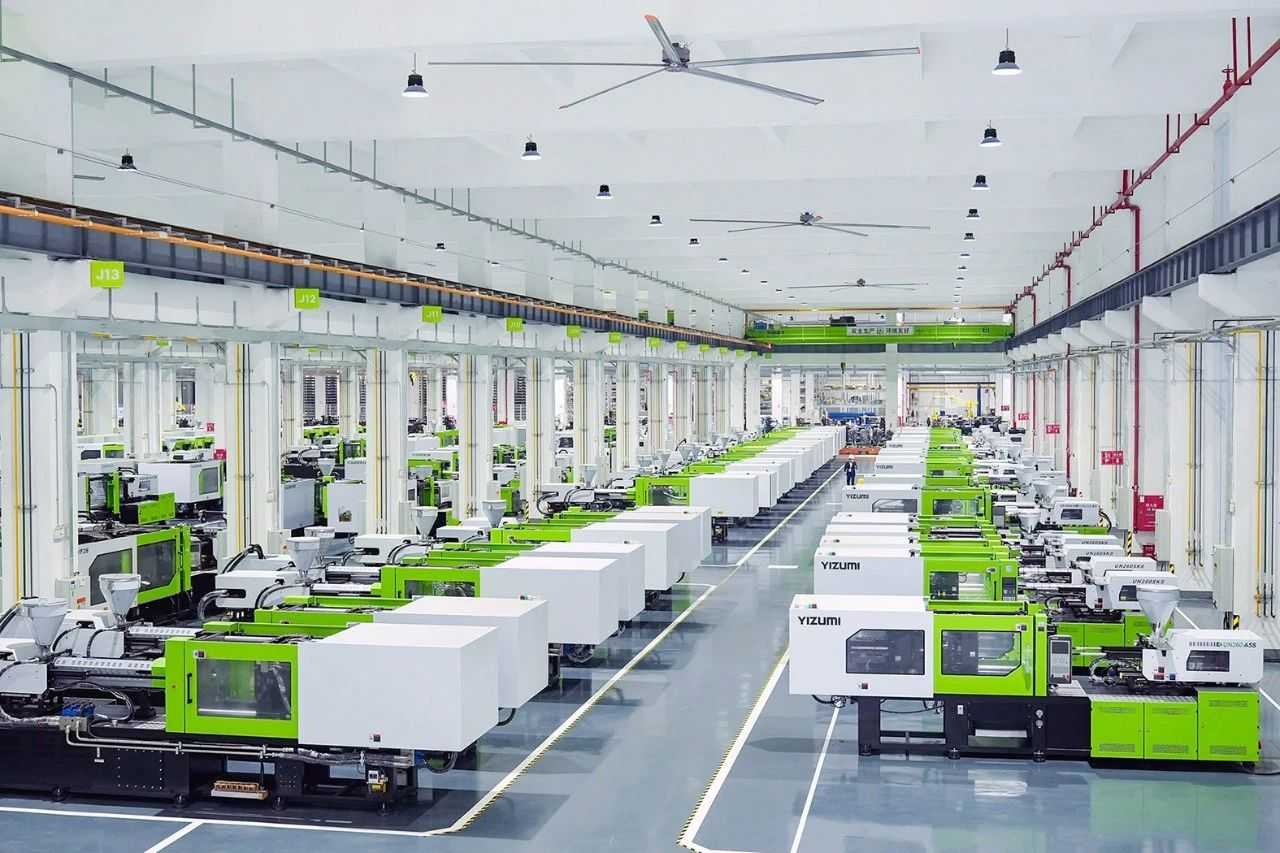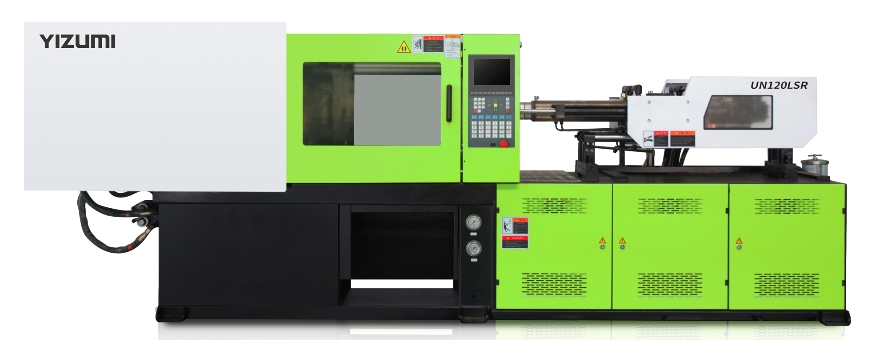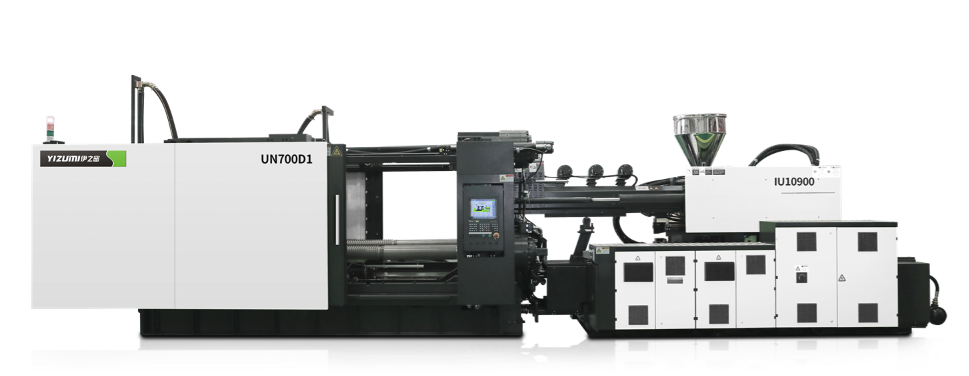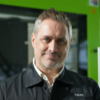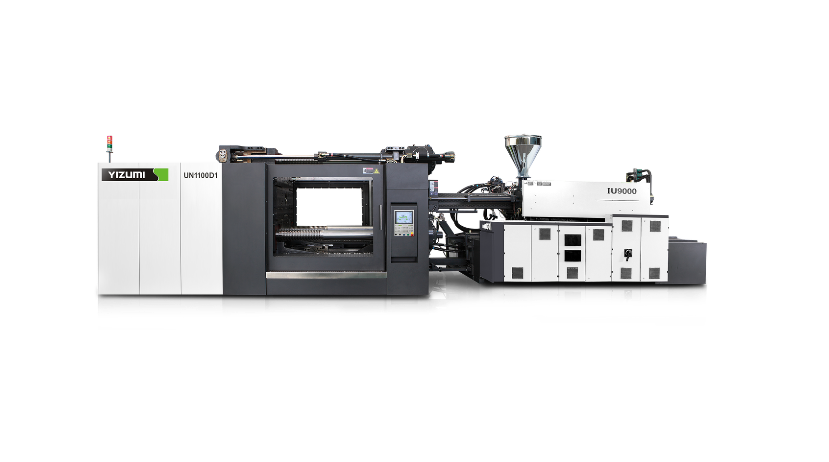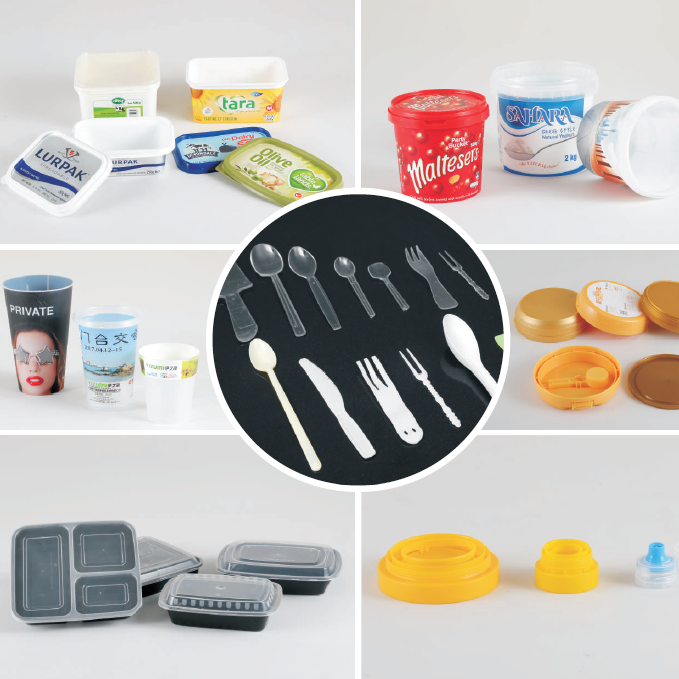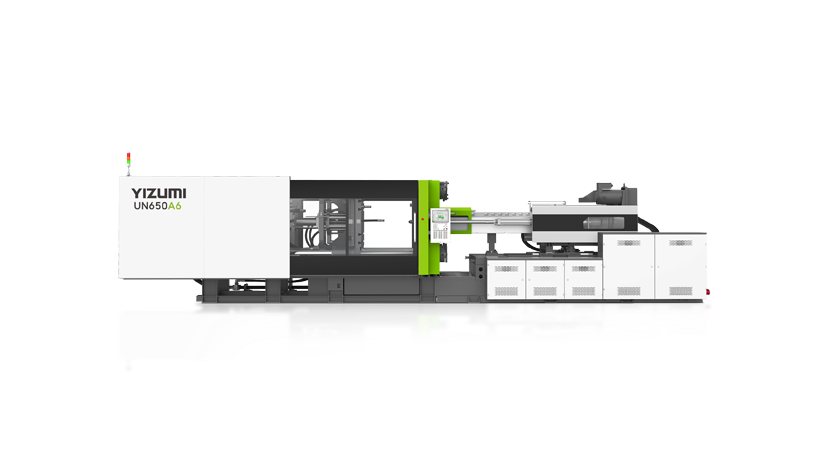Two-Platen vs. Three-Platen Injection Molding Machines: Which One Suits Your Needs Best?
Abstract:
Among the various types of injection molding equipment available, two common configurations often compared are the two-platen injection molding machine and the three-platen injection molding machine. Each has its own structural design and performance characteristics, making it essential for manufacturers to understand which best aligns with their production needs.
Injection molding continues to be the backbone of modern plastic manufacturing, used across automotive, packaging, consumer goods, and electronics industries. Among the various types of injection molding equipment available, two common configurations often compared are the two-platen injection molding machine and the three-platen injection molding machine. Each has its own structural design and performance characteristics, making it essential for manufacturers to understand which best aligns with their production needs.
This guide explores the core differences, advantages, and use cases of both machine types, helping you make informed decisions for your production line.
What Is a Two-Platen Injection Molding Machine?
A two-platen injection molding machine is a type of hydraulic clamping system that utilizes just two platens—one stationary and one movable—to perform the mold clamping and injection process. Unlike toggle-type systems, it uses a direct hydraulic cylinder to generate clamping force, resulting in a streamlined mechanical structure.
This design is particularly suited for producing large plastic parts, such as automotive panels, air conditioning components, household appliance shells, and logistics containers. It offers increased flexibility in mold design due to its wider mold thickness range and longer opening stroke, allowing for deep or complex molds to be installed with ease.
YIZUMI Two-platen Injection Molding Machine
Structural Advantages
Simplified Mechanism: The absence of a toggle system reduces the number of moving parts, which decreases mechanical wear and contributes to longer service life and reduced maintenance.
High Structural Rigidity: The design of the moving platen, tie bars, and hydraulic cylinders is optimized to distribute clamping force uniformly, improving the quality of finished parts and reducing flash or warping.
Energy-Efficient Performance: With fewer mechanical linkages and modern servo-hydraulic systems, two-platen machines often consume less energy during operation, especially during mold clamping phases.
Key Benefits
1. Space Efficiency
Compared to toggle-type machines, two-platen models are significantly shorter — often by 15–20%. This smaller footprint makes them ideal for facilities with space constraints or those seeking higher plant utilization.
2. Large Mold Accommodation
With more distance between platens, two-platen machines can handle larger or multi-cavity molds. This capability is especially beneficial when producing large automotive parts, logistics containers, or furniture components.
3. High Precision and Structural Stability
The direct locking system provides uniform clamping force and greater platen rigidity, reducing part deformation and improving dimensional consistency.
4. Simplified Maintenance
Without toggle linkages, wear-and-tear is minimized. This not only extends the lifespan of the machine but also lowers downtime and maintenance costs.
Injection Molding For Automobile Exterior Trims
Application Scenarios
Two-platen injection molding machines are widely used in industries that require large-volume, high-strength plastic parts, such as:
Automotive: Bumpers, dashboards, front grilles, and door panels
Appliances: Washing machine tubs, refrigerator liners, TV back covers
Industrial Packaging: Plastic pallets, crates, waste bins
In addition, the reduced machine length allows for better factory layout optimization, giving manufacturers more space for automation systems, conveyors, or robotic arms.
What Is a Three-Platen Injection Molding Machine?
A three-platen injection molding machine, commonly referred to as a toggle-type machine, features three main platens: the fixed platen, the movable platen, and the tail platen. The machine uses a mechanical toggle linkage to close and open the mold, enabling high-speed clamping and de-clamping with precise stroke control.
Toggle mechanisms are ideal for fast cycle manufacturing environments, especially where high output and repeatability are critical. The clamping unit is engineered to exert a powerful locking force within milliseconds, making it suitable for thin-wall products that demand rapid filling and high pressure.
Mechanical Features
Toggle Clamp System: Offers fast clamping and mold opening speeds with excellent repeatability and positional accuracy.
Compact Mold Movement: The middle platen allows for efficient load distribution, minimizing platen deflection and supporting consistent part dimensions.
Cost-Effective Operation: Toggle machines typically consume less hydraulic oil and can operate with lower energy input for smaller-tonnage models, making them economical for high-volume production.
Key Benefits
1. Faster Cycle Times
Toggle systems enable rapid mold opening and closing, which significantly shortens cycle times. This makes three-platen machines a top choice for mass production where speed is a critical factor.
2. Precise Control for Thin-Walled Parts
The toggle system ensures consistent mold filling, which is advantageous for producing intricate components such as electronic housings or PET preforms.
3. Easier Mold Handling
The middle platen’s independent movement facilitates more straightforward mold installation and changes, enhancing overall operational efficiency.
YIZUMI High-Speed Packaging Solutions
Application Scenarios
Three-platen injection molding machines are preferred for small-to-medium plastic parts in industries such as:
Consumer Electronics: Mobile phone cases, charger shells, remote control housings
Food & Beverage Packaging: Thin-walled containers, caps, lids, and closures
Medical Devices: Syringes, test tubes, small equipment components
Their faster cycle times and ease of mold changing make them ideal for contract manufacturers, OEMs, and plastic processors aiming to increase throughput and reduce unit costs.
Side-by-Side Comparison: Two-Platen vs. Three-Platen
| Feature | Two-Platen Injection Molding Machine | Three-Platen Injection Molding Machine |
| Clamping System | Direct Hydraulic Clamping | Mechanical Toggle Clamping |
| Number of Platens | 2 | 3 |
| Mold Size Compatibility | Large molds and multi-cavity molds | Small to medium molds |
| Machine Footprint | Compact and space-saving | Longer, less space-efficient |
| Cycle Time | Slightly longer | Faster |
| Maintenance | Easier, fewer moving parts | More frequent due to toggle wear |
| Ideal Use Cases | Automotive, household appliances, pallets | Electronics, packaging, thin-walled products |
How to Choose the Right Injection Molding Machine
The decision between a two-platen injection molding machine and a three-platen injection molding machine depends on several production factors:
1. Part Size and Mold Dimensions
If you manufacture large plastic components, such as car bumpers or plastic pallets, the spacious mold area of a two-platen machine is ideal. For small, lightweight, or thin-walled parts, the three-platen machine provides faster cycle efficiency.
2. Production Volume
High-speed production lines benefit from the short cycle times of toggle-type machines. On the other hand, if your focus is on precision and mold flexibility rather than speed, two-platen models offer a better solution.
3. Factory Layout
Space efficiency is another key consideration. A two-platen injection molding machine offers significant savings in floor space, allowing room for auxiliary equipment or additional machines.
4. Maintenance Strategy
If your facility lacks frequent access to maintenance technicians, a two-platen design's simpler mechanism may reduce machine stoppage and increase uptime.
Top Injection Molding Machine Manufacturer
YIZUMI Injection Molding Machine Solutions
As a trusted global manufacturer of high-performance injection molding machines, YIZUMI delivers advanced solutions tailored to meet a wide range of production needs. Whether you're producing large automotive components or high-volume consumer goods, we offer both two-platen and three-platen injection molding machines designed for precision, energy efficiency, and long-term reliability.
Our injection molding machines are built with robust engineering, intelligent control systems, and customizable configurations to support everything from small-scale manufacturing to fully automated production lines. With a strong focus on innovation, quality assurance, and customer support, YIZUMI helps manufacturers worldwide optimize their output, reduce downtime, and stay competitive in fast-evolving markets.
Let our team work with you to find the best-fit solution that aligns with your operational goals and product requirements.
Final Thoughts
Both two-platen injection molding machines and three-platen injection molding machines serve crucial roles in plastic manufacturing. The best choice depends on your production scale, part complexity, factory constraints, and budget. By understanding the structural and operational advantages of each design, you can make a well-informed investment that aligns with your long-term manufacturing goals.
For expert guidance on choosing the right injection molding machine for your application, contact YIZUMI today. Our global team is ready to deliver efficient, durable, and high-performance solutions that power your production forward.
